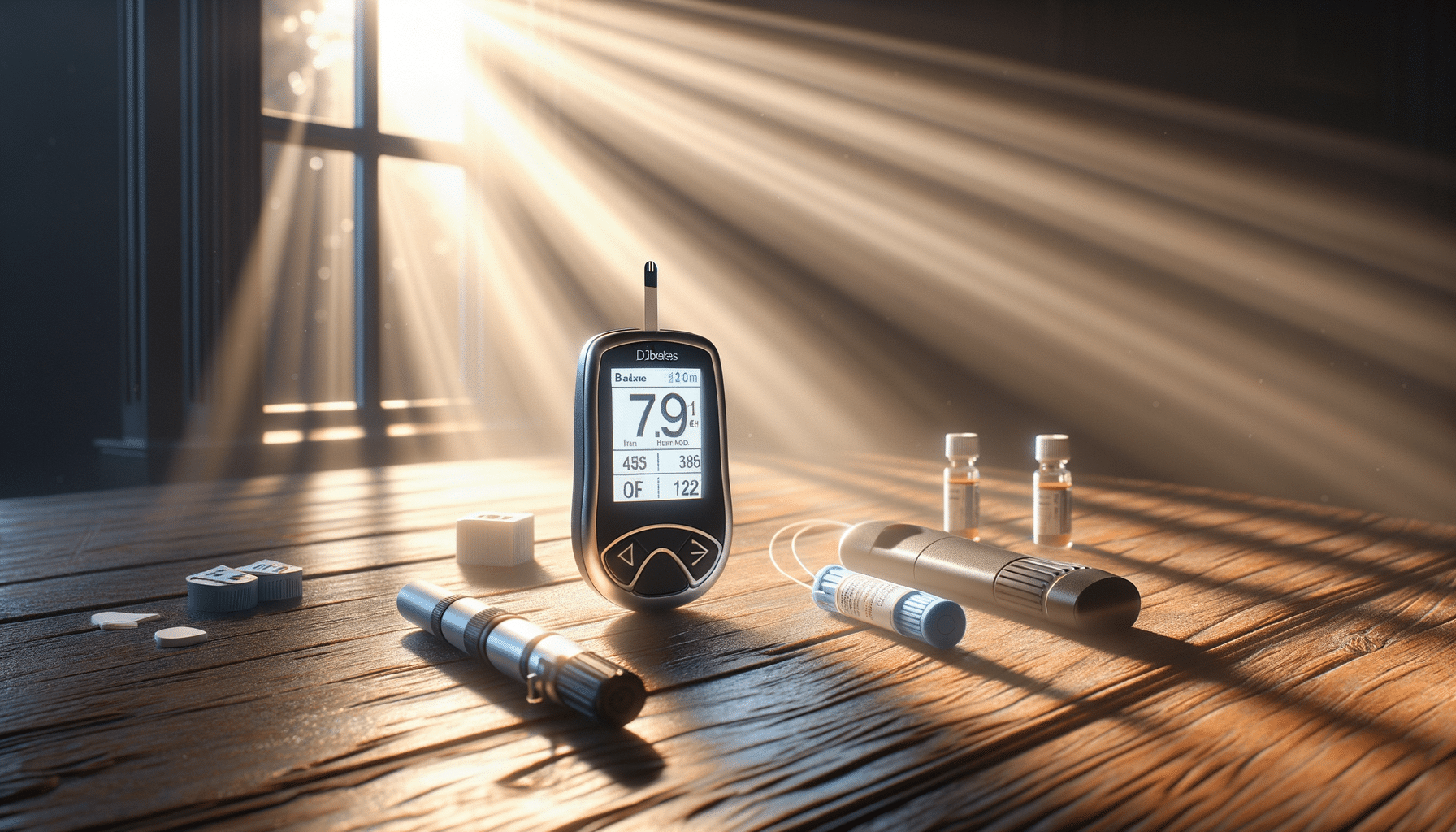
How Blood Glucose Monitors Help You Stay Informed
The Importance of Blood Glucose Monitoring
Blood glucose monitoring is a crucial aspect of managing diabetes, a condition that affects millions of people worldwide. By regularly checking blood sugar levels, individuals can make informed decisions about their diet, exercise, and medication, leading to better overall health and reduced risk of complications. Blood glucose monitors provide a convenient and accurate way to track these levels, offering peace of mind and enabling proactive health management.
For those with diabetes, maintaining stable blood sugar levels is vital. Fluctuations can lead to serious health issues such as heart disease, nerve damage, and kidney failure. Regular monitoring helps in identifying patterns and triggers, allowing for timely interventions. It also empowers individuals to take charge of their health, fostering a sense of control and reducing anxiety associated with the condition.
Moreover, blood glucose monitors have evolved significantly over the years. Modern devices are more user-friendly, providing quick results with minimal discomfort. Some even offer connectivity features, allowing users to sync data with smartphones or tablets for easier tracking and sharing with healthcare providers. This technological advancement has made it easier for individuals to integrate monitoring into their daily routines, enhancing their ability to manage diabetes effectively.
How Blood Glucose Monitors Work
Blood glucose monitors function by analyzing a small sample of blood, typically obtained through a finger prick. The device measures the concentration of glucose in the blood, providing a reading that can be used to assess the current state of an individual’s blood sugar levels. This information is crucial for making decisions about food intake, physical activity, and medication.
The process begins with inserting a test strip into the monitor. A lancet device is then used to prick the finger, obtaining a drop of blood that is applied to the test strip. The monitor uses enzymes to react with the glucose in the blood, generating an electrical signal that is converted into a numerical reading. This reading reflects the blood sugar level at that specific moment, providing an immediate snapshot of the individual’s health status.
Advancements in technology have led to the development of continuous glucose monitors (CGMs), which provide real-time data on blood sugar levels throughout the day. These devices use sensors placed under the skin to measure glucose levels in the interstitial fluid, offering a more comprehensive view of glucose fluctuations. CGMs are particularly beneficial for individuals who require frequent monitoring, as they reduce the need for multiple finger pricks and provide alerts for high or low blood sugar levels.
Choosing the Right Blood Glucose Monitor
Selecting the right blood glucose monitor involves considering several factors, including accuracy, ease of use, and additional features. Accuracy is paramount, as reliable readings are essential for effective diabetes management. It’s advisable to choose a monitor that has been clinically validated and is known for its precision.
Ease of use is another crucial aspect, particularly for those new to monitoring. Look for devices with clear displays, simple navigation, and quick result times. Some monitors offer voice prompts, large buttons, and backlit screens, making them accessible to individuals with visual impairments or dexterity issues.
Additional features such as memory storage, data transfer capabilities, and customizable alerts can enhance the functionality of a blood glucose monitor. Devices that allow data to be shared with healthcare providers can facilitate better communication and tailored treatment plans. It’s also worth considering the cost of test strips, as this can be a significant ongoing expense.
Ultimately, the choice of a blood glucose monitor should align with an individual’s lifestyle and personal preferences. Consulting with a healthcare professional can provide valuable insights and recommendations based on specific needs and circumstances.
Integrating Blood Glucose Monitoring into Daily Life
Incorporating blood glucose monitoring into daily routines can be seamlessly achieved with a bit of planning and consistency. Establishing a schedule for testing, such as before meals and bedtime, can help maintain regularity and prevent fluctuations in blood sugar levels. Keeping a log of readings, along with notes on diet, exercise, and medication, can provide a comprehensive overview of factors affecting glucose levels.
Many individuals find it helpful to set reminders on their smartphones or watches to prompt testing at designated times. This ensures that monitoring becomes a habitual part of the day, reducing the likelihood of missed tests. Additionally, carrying the monitor and supplies when traveling or running errands ensures that testing can be conducted whenever necessary.
It’s also important to maintain a balanced diet and engage in regular physical activity. Both of these factors significantly impact blood sugar levels and should be considered alongside monitoring. Meal planning, portion control, and choosing foods with a low glycemic index can help stabilize glucose levels and improve overall health.
Sharing monitoring data with healthcare providers during regular check-ups can facilitate more informed discussions and adjustments to treatment plans. This collaborative approach ensures that individuals receive the support and guidance needed to manage their condition effectively.
Future Trends in Blood Glucose Monitoring
The future of blood glucose monitoring is promising, with ongoing research and development aimed at enhancing the accuracy, convenience, and affordability of these devices. One exciting trend is the development of non-invasive monitors that eliminate the need for finger pricks. These devices use alternative methods, such as infrared spectroscopy or electromagnetic sensing, to measure glucose levels painlessly.
Another trend is the integration of artificial intelligence and machine learning into monitoring systems. These technologies can analyze vast amounts of data to identify patterns and predict glucose fluctuations, offering personalized insights and recommendations. This proactive approach can help individuals anticipate and prevent spikes or drops in blood sugar levels.
Wearable technology is also gaining traction, with smartwatches and fitness trackers incorporating glucose monitoring capabilities. This integration allows for continuous monitoring without the need for separate devices, providing users with a holistic view of their health metrics.
As technology continues to advance, the accessibility and affordability of blood glucose monitors are expected to improve, making them available to a broader audience. This expansion will empower more individuals to take control of their health and manage diabetes more effectively.


